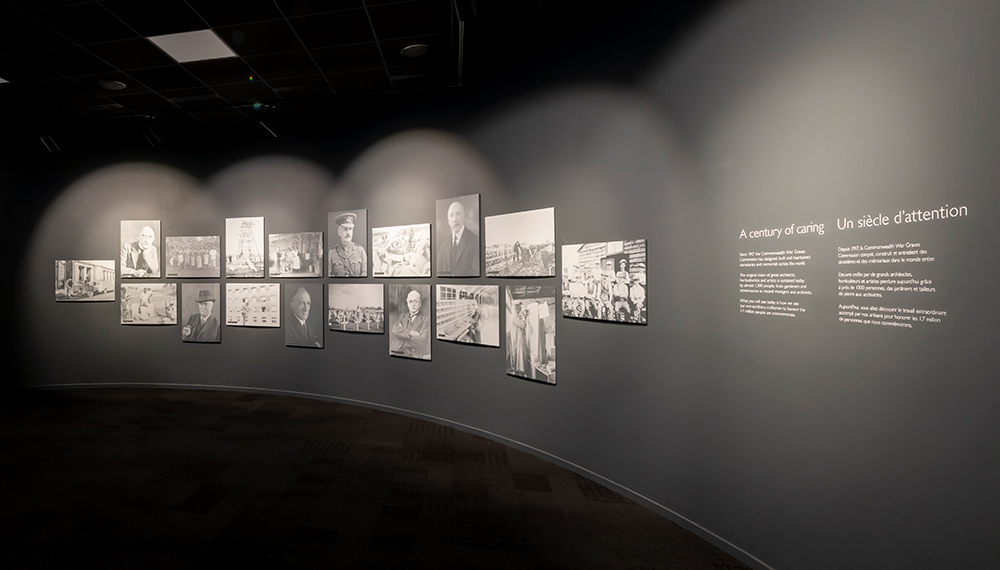About the Commonwealth War Graves Commission records
Find out more about the Commonwealth War Graves Commission records, the changes we make and what to do if you spot an error.
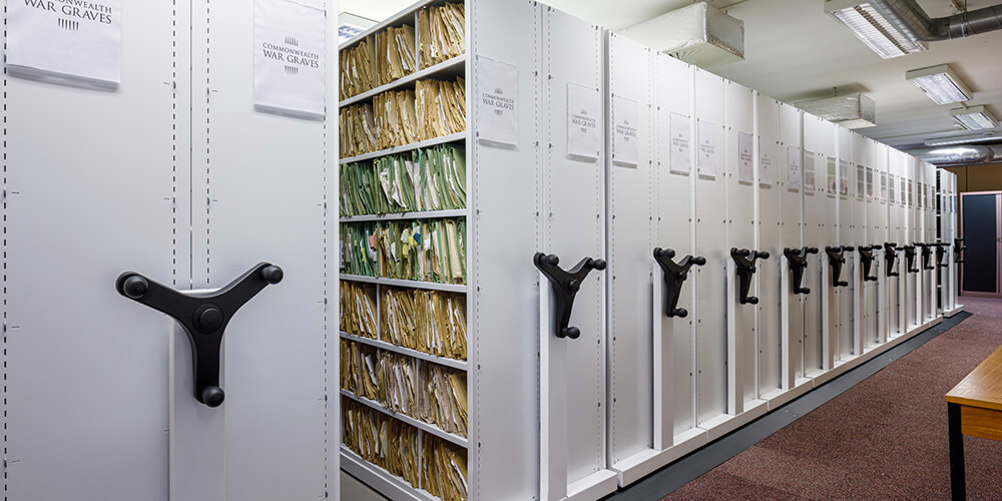
Creating Commonwealth graves records
When the First World War came to an end in November 1918, war graves were scattered throughout all of the regions where fighting had occurred. The locations and sites of many graves were no longer known, and individuals still lay unburied in areas where fighting had been heaviest.
It is in this context that the majority of the CWGC archive casualty records came into existence. The Commission was set up to provide perpetual commemoration to those who had died while serving in the Commonwealth forces during the war. However, to achieve this aim, it first had to collect both the necessary details for each individual, as well as the location of their grave or where they had died.
The military authorities supplied their lists of casualties by unit. Labour Companies and Graves Concentration Units were established under the control of the military authorities, tasked with searching for the graves and remains of the war dead and conducting the battlefield exhumation and reburials which resulted.
Recovery, recording and reburial
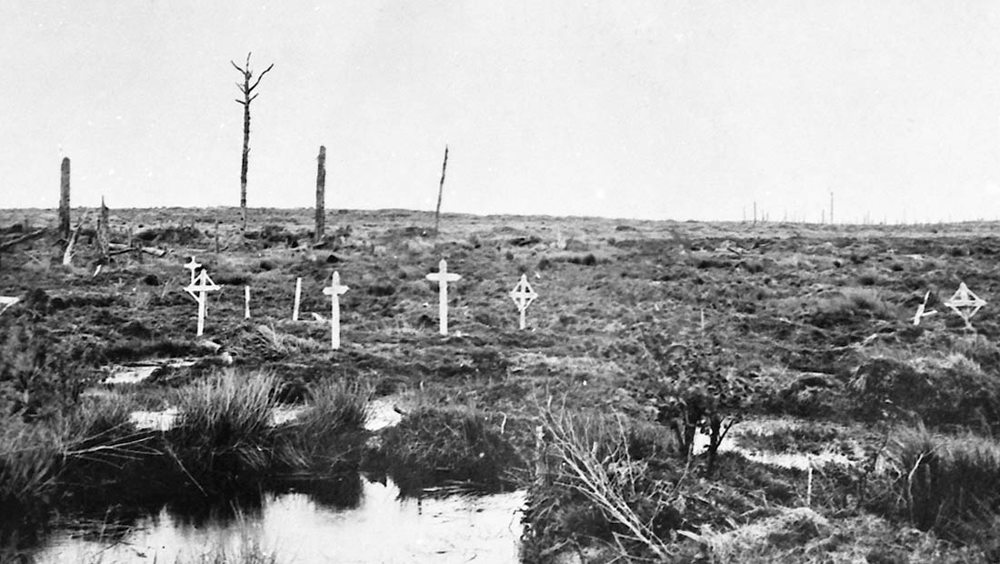
Where burials had occurred in established burial grounds with clearly marked graves, the graves were simply recorded and registered. Care was taken to distinguish between grave markers and ‘Memorial Crosses’ which had been placed by individuals, groups or units where they wished to commemorate comrades who it had not been possible for them to recover and bury.
These ‘crosses’ were sometimes mistakenly thought to confirm the presence of a grave where none existed. CWGC war records include references to ‘Memorial Plots’ which were removed when it was confirmed they did not contain any bodies.
In most other circumstances, the bodies required exhumation and reburial, during which process attempts were made to identify the individuals. Old battlefields were searched for small cemeteries (usually of less than 40 graves), isolated graves and the previously unburied dead. All of those found were gathered into 'concentration' cemeteries, either newly created or built up around already existing burial grounds.
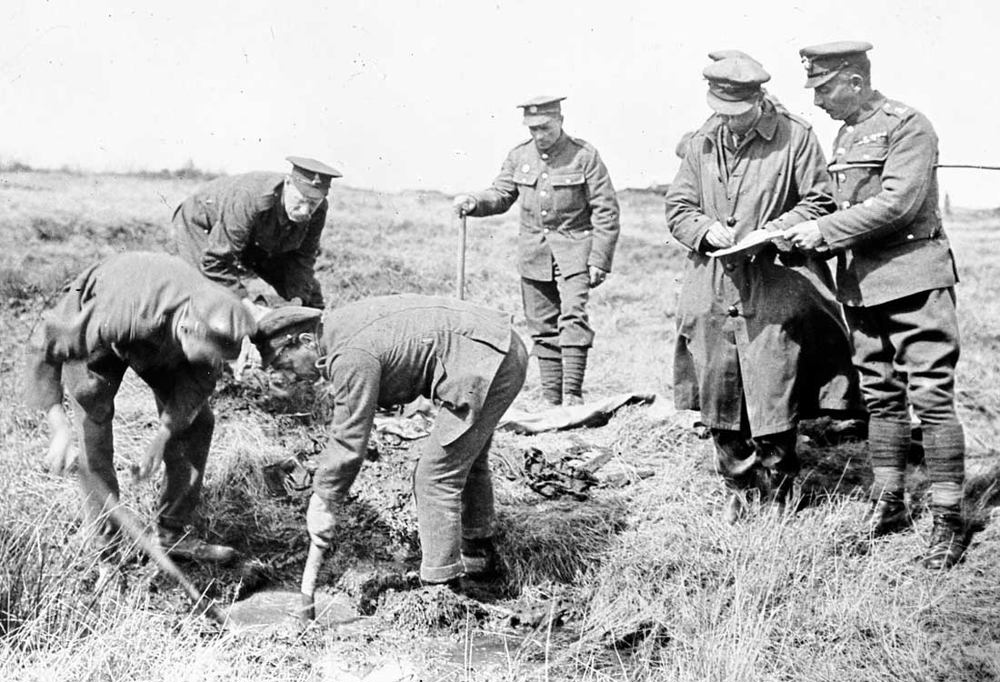
Despite the difficulty and unpleasantness of the work, the exhumation squads were methodical and meticulous in their searches. Most had seen active service themselves and were painstaking in their search for anything that would help identify a fallen comrade.
Nevertheless, battlefield conditions meant that many of these vital indicators had already been lost. The reasons for this were varied; the circumstances in which the casualty had died, subsequent fighting over the same ground and environmental conditions such as the soil type all played a part in making it impossible to identify a high proportion of the bodies which were found.
It was the job of the officer in charge of these search parties to record details about each body recovered, including the location where the remains were found, whether a cross was found on the grave and any regimental insignia or other means of identification found at the time. Items that required further investigation, or which could be returned to the family were logged by the Effects Branch.
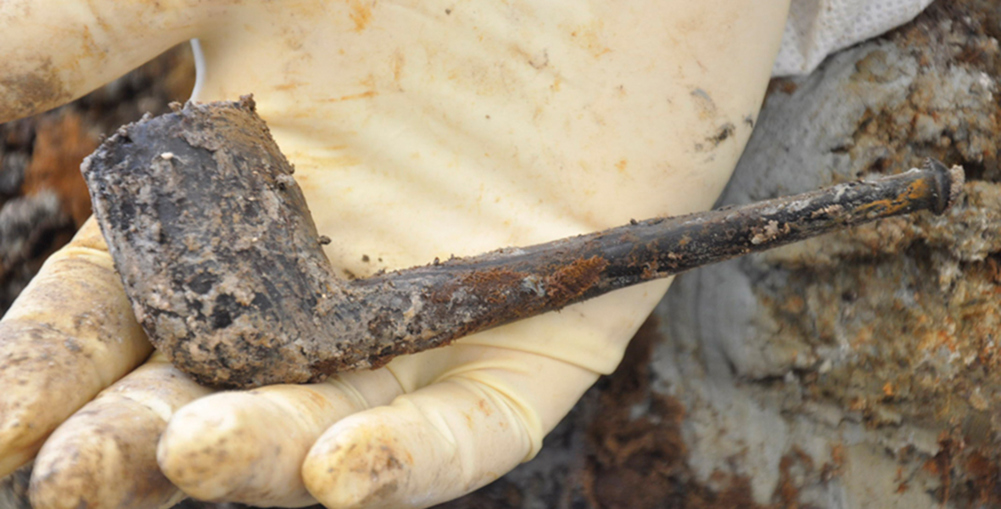
Pipe found during the Fromelles recovery.
All the details were written on a ticket that was attached to the remains prior to their removal and reburial. The cemetery officer would be present at each reburial and it would be his duty to record on a Burial Return form all the information that had been written on the original ticket.
He would also record the plot, row and grave number of the reburial. These forms were collected daily and passed to the Army Burial Officer, who would then arrange for a copy to be sent to the Directorate of Graves Registration and Enquiries. The registration officer was then responsible for registering the new graves and for preparing comprehensive reports of the new cemeteries.
The grave registration, concentration and exhumation records produced as a result of this work were passed to the Imperial War Graves Commission and form the basis of the information we hold on those we commemorate.
As well as deciding on how cemeteries would be laid out and graves marked, the Commission also considered how best to commemorate those without an identified grave. The idea of individual markers, perhaps placed around the edges of cemeteries, was found to be impractical both because of the vast amount of space required and as it risked giving the impression of ‘false graves’.
Accuracy and consistency of War records
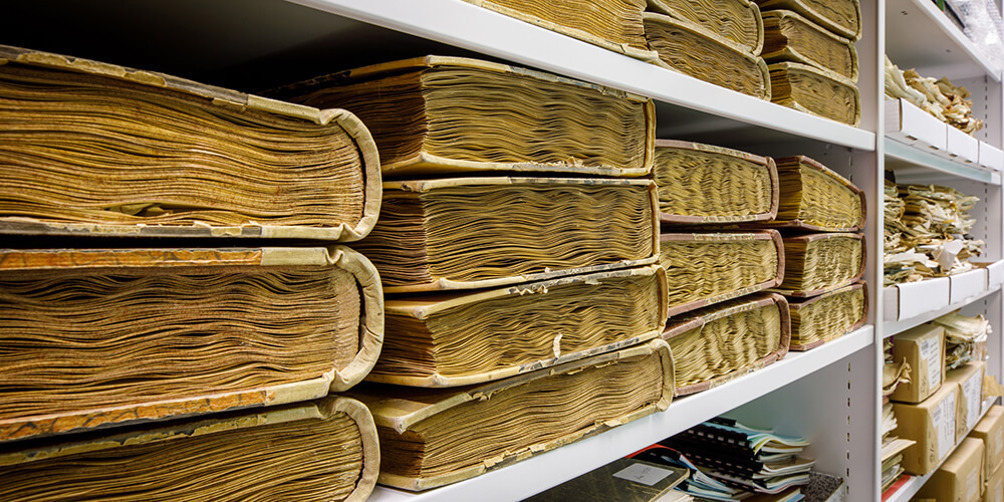
All of these documents were created in the pre-computer age and many of the grave registration and concentration records were handwritten reports produced in the field in all types of conditions. The records would have been typed by an army of administrative staff based in offices and base camps at various locations.
While the Commission has always strived for accuracy, it is therefore not surprising that mistakes were made in the data recorded. This explains the Commission's desire to contact the individual's next of kin to provide additional verification for the records it held before engraving each commemoration.
During the years after the end of each of the two world wars, the Commission sent out hundreds of thousands of verification forms to next of kin, seeking corroboration of the details it held and additional information where needed. Where the details recorded on the original documentation were shown to be inaccurate, corrections were made and the documents annotated as required.
From these core records, the Commission was able to produce the various other documents, including the register entries (which provide the basic information about the casualty and in some cases their next of kin) and headstone schedules (which were used to record what should be engraved on their headstones).
See an explanation of the different Commission documents
These archive documents are of interest not only for showing the details of the men and women who the Commission commemorates in its war cemeteries and memorials around the world, but also for shedding light on the processes involved in providing appropriate commemoration for the dead.
More recently, the Commission created digital images of the records and scanned the casualty details in the final cemetery and memorial registers. This data was used to create the current searchable list of Commonwealth war casualties available on the CWGC website, each with images of the records attached.
The records are still a vital part of the work the Commission does today.
Find out about the changes we make and how to tell us about an error
- The accuracy of the records we maintain is very important to us and we make corrections to the casualty details on our website on a daily basis.
- We no longer make any amendments to our original documents.
- There are different types of errors, omissions and differences, only some of which we can amend. Please check below for details about which corrections we can make, and if appropriate submit your request using the
Record Amendment Request Form. - Any request must be supported by relevant documentary evidence, usually from more than one official source. This can include items such as a service record, birth, marriage and death certificate.
- We also need to be sure that the evidence you provide refers to the casualty in question and not someone else with a similar name. This is usually possible if you supply multiple documents that all show the same address or the names of other family members as those that appear on the certificate(s) or service record of the casualty e.g. a service record for a casualty might also show the names and home address of his wife as his next of kin; if you supply a marriage certificate showing the brides name and the grooms address are the same as those on the service record we can be confident they relate to the same person.
- The Commission commemorates war casualties using the military details which were applicable at the time of their death.
- As a result, our records may not be exactly the same as those in other archives. For instance, the Commission commemorates casualties by their substantive rank, but it is not uncommon to find casualties referred to in some documents by temporary ranks. Each record was created for a different purpose and at different times and so differences between them do not necessarily indicate a mistake has been made.
- Casualties made decisions about what name they wished to use and what religion they wanted to have listed on their records.
- We continue to respect their choices. We cannot now know what their reasons were and therefore we will not amend these aspects of our records.
- The families of casualties also made choices about the information they wanted recorded for their loved one and which details about themselves they provided to the Commission.
- We continue to respect their choices. If our records show we had contact with the next of kin we will not change or add to that part of the record today.
- Our historic records reflect the situation post war when families provided us with information about themselves and their loved one. This enabled us to create the cemeteries, engrave headstones and memorials, and print the registers. Today we will only add new biographical information about either the casualty or their family where we had no contact with the family post-war, and where the request comes from a direct next-of-kin (parents, spouse, siblings and children of the casualty).
- If you see a difference between the printed register and the website entry, this may be where we have previously identified and corrected an error in the original information. Before contacting us please check a variety of documentary sources to confirm whether there is still an error in the website entry.
- Information such as rank, unit, service number and date of death supplied to the Commission by the military authorities may be different to that in other sources. We welcome amendment requests where multiple official sources show our records contain errors or omissions.
- The military authorities only provided us with the initials, not the full first name(s) of each casualty. Where families included the information as part of the Final Verification process it will appear in our casualty record. We are able to accept single submissions for the addition of one or more forenames if multiple official sources are provided.
- We understand that spelling mistakes and transcription errors did occur when the paper records were typed and later scanned to create the searchable database. We welcome notification of these mistakes, which often occurred in the additional information, particularly place names.
- It is not uncommon to find the age of a casualty is not accurate. These were provided by the next of kin who either used ‘in the year of his age’ which makes them either one year older or younger than they were, or they provided the age the casualty would have been when the family signed the form some years after the casualty died. We require a birth certificate to make an amendment as other sources are also often inaccurate.
